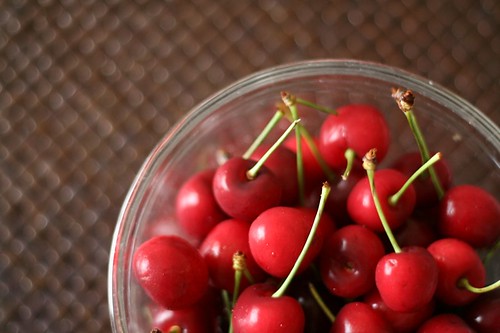Bioactive Form of Silicon (BioSil) Improves Skin, Hair & Nails in Photoaged Women
Silicon is often marketed as a supplement for increasing hair and nail thickness and reducing wrinkles. However, while silicon has been shown to play an important part in healthy tissue formation, the trouble with silicon is that it's very poorly absorbed in most forms. So there is a big gap between theory and practice when it comes to taking silicon supplements.
Soluble silicon is present as orthosilicic acid in water and beverages. Orthosilicic acid itself is absorbed well, but it polymerizes easily into various silica species, which are not absorbed. For example, even though horsetail is rich in silicon, the silicon is an polymerized form which the body cannot use.
Bioavailable and stable form of silicon
So how to solve this dilemma? Enter choline-stabilized orthosilicic acid (ch-OSA). As the name implies, this form of silicon is both bioavailable (since it's orthosilicic acid) and does not polymerize easily (since it's stabilized with choline). It's used in products like Natrol's BioSil (formerly sold under the Jarrow Formulas brand).
BioSil seems to have a pretty good reputation on various health forums, especially regarding its effects on skin, hair and nails. As I've learned by experimenting on myself, positive reviews many times do not translate to any tangible results, and are likely due to the difficulty of making objective evaluations.
However, BioSil has something more than just anecdotal evidence behind it: namely, a study by Barel et al. published in 2005. They gave fifty women between 40 and 65 years with photodamaged skin either 10 mg of silicon in the form of ch-OSA or a placebo. After 20 weeks of oral administration, changes in skin quality and brittleness of hair and nails was evaluated.
Study design
Hair and nail brittleness was evaluated on four point scale with "zero" meaning no brittleness and "three" meaning severe brittleness. Skin roughness was measured a skin visiometer using three different parameters: depth of roughness, mean depth of roughness and maximum roughness (which sounds more like a Wrestling show than a measure of skin quality). Skin photoageing was evaluated by measuring the visco-elasticity of forehead skin.
Effects on skin quality
Depth of roughness, mean depth of roughness and maximum roughness increased in the placebo group by 8, 6 and 11%, respectively. In other words, their skin got worse during the 20 weeks. In the treatment group, however, the same parameters decreased by 16, 8 and 19%, meaning that the participants' skin quality improved considerably. Similarly, signs of photoaging increased in the placebo group but decreased in the group taking ch-OSA.
Effects on hair and nail strength
Both groups showed "slight" nail brittleness at baseline. No change was seen in the placebo group, while in the orthosilicic acid group nail brittleness decreased. Hair brittleness decreased slightly in the placebo group, but this change was not statistically significant. However, in the treatment group, the decrease was significant.
The authors also took blood samples before and after the experiment. No adverse effects were seen in either group. In fact, the only thing that showed a marked difference in blood samples was the serum level of silicon which was almost doubled in those who were taking orthosilicic acid. Thus, it appears that 10 mg of ch-OSA is both safe and effective.
Conclusion
Choline-stabilized orthosilicic acid, ch-OSA, is a bioavailable form of silicon. Middle-aged women with photodamaged skin showed significant improvements in skin, hair and nail quality after taking 10 mg of ch-OSA for 20 weeks compared to placebo.
My human experiment
Since these results are just too good not to attempt to duplicate them, as my next human experiment, I'm going to be taking 5 mg of orthosilicic acid in the form of Natrol's liquid BioSil product (use coupon code 'NEN423' for a $5 discount on first orders). Though it's only half the dose used in this study, it's the amount suggested for skin, hair and nails on the product label. If there are no results, I will increase the dose to 10 mg.
For more information on hair, skin and nails, see these posts:
Hyaluronic Acid for Skin & Hair – Experiment Conclusion
Emu Oil and Hair Growth: A Critical Look at the Evidence
How to Get Natural Sun Protection by Eating the Right Foods
3 Quick Ways to Find Out Whether Your Hair Growth Product Is Working









2 kommenttia:
So what's the conclusion on the biosil?
@m,
The conclusion to the experiment is here.
- JLL
Post a Comment